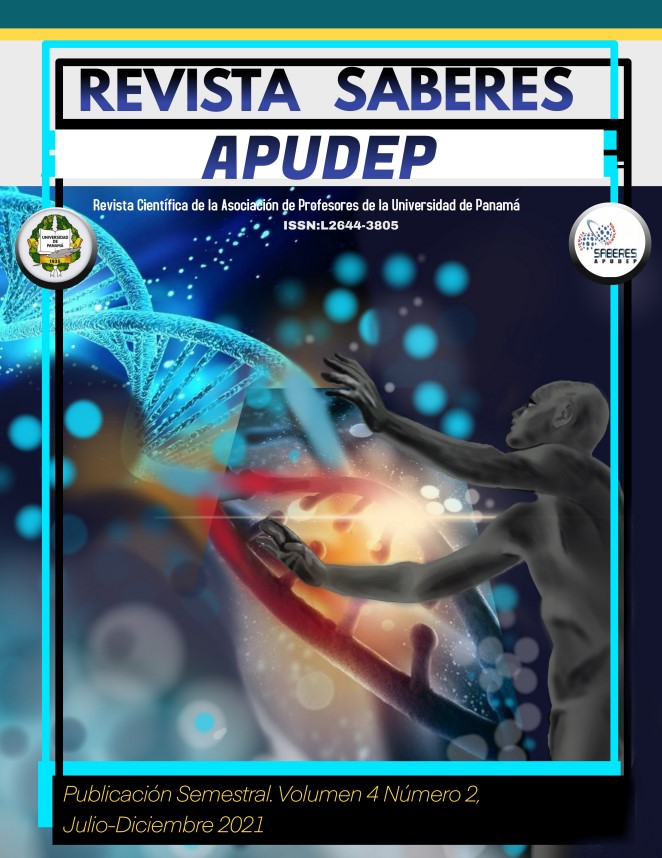

The present work aims to compare four cutting ages (28, 42, 56 and 84 days) on the dry matter production and the nutritional value of the grass (Cenchrus ciliaris, L.). The soil of the experimental area presented a clay loam texture, pH of 4.5 and an organic matter content of 2.0%. A randomized complete block experimental design with five replications was used. The dry matter production of Buffel grass (Cenchrus ciliaris, L.) increased (P <0.05) as the cutting frequency increased, as shown in Table 3. During 2019 the dry matter production was 2108 kilograms per hectare at the regrowth age of 4 weeks; 3923 kilograms per hectare at 6 weeks; 4408 kilograms per hectare at 8 weeks and 5200 kilograms per hectare at 12 weeks of regrowth. For the year 2020, the dry matter yield was 2,160 kilograms per hectare, 3,853 kilograms per hectare, 4,996 kilograms per hectare and 5,845 kilograms per hectare, respectively for 4, 6, 8 and 12 weeks of regrowth. The yields during both years of studies were similar in all regrowth frequencies that were studied. As the cutting frequency increases, there is a direct relationship between the dry matter yields, the height and coverage of Buffel grass, as well as an inverse relationship with the percentage of weeds present in both years evaluated. There was a decrease in the crude protein content with the maturity of the Buffel grass, resulting significantly in this difference (P <0.05) for the cutting frequency at 12 weeks in both years evaluated. The phosphorus and calcium contents in the dry matter presented in the regrowth ages evaluated both in 2019 and in 2020, did not present significant differences (P <0.05). The phosphorus and calcium contents in the dry matter were higher when the cutting frequencies were every 4 weeks; and they decreased linearly as the cut-off interval increased every 6, 8 and 12 weeks respectively. The fiber contents in the Buffel grass showed significant differences (P <0.05) in the cutting frequencies in the two years studied.